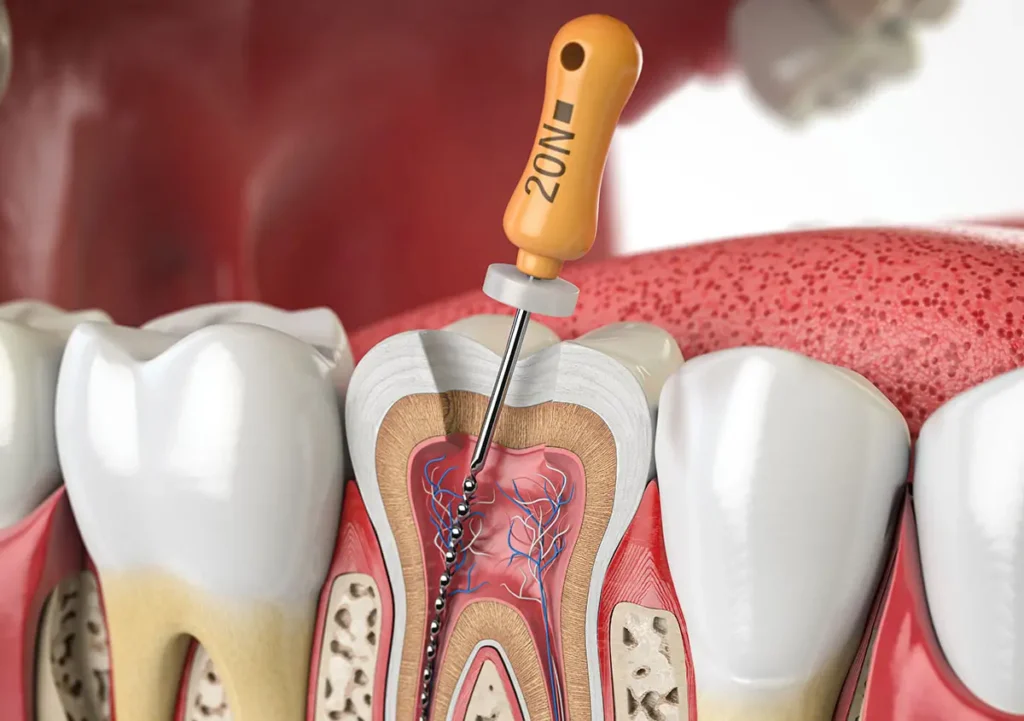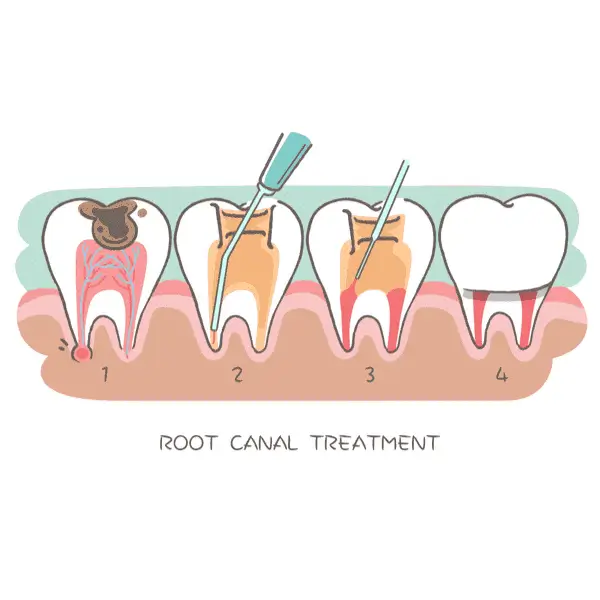Dental problems can be more than just an inconvenience—they can severely affect your daily life and even your overall health. One common issue that often requires specialized treatment is tooth nerve pain, which is frequently addressed through root canal treatment. While the thought of undergoing such a procedure may sound intimidating, understanding the benefits of endodontic therapy can alleviate some of that fear.
In this article, we will delve into what endodontics is, why root canal treatment is necessary, the benefits of endodontic therapy, and how it provides effective tooth nerve pain relief. By the end of this guide, you’ll be well-informed and confident about seeking the right treatment for your dental need read more.
What is Endodontics and Why It’s Important?

Endodontics is a branch of dentistry that specializes in diagnosing and treating issues related to the pulp, or soft tissue, inside your teeth. When the pulp becomes infected or damaged—often due to severe decay, cracks, or trauma—it can lead to significant pain, swelling, and even the loss of the tooth if left untreated.
This is where root canal treatment comes in. It’s the primary procedure used to save a tooth with a damaged pulp. Without proper intervention, the infection can spread, leading to more severe health complications, such as abscesses or bone loss.
By seeking early intervention from an experienced endodontist, you can prevent the need for tooth extraction and preserve your natural smile read more.
What Happens During Root Canal Treatment?
The process of root canal treatment involves removing the infected or damaged pulp from inside the tooth, cleaning out any bacteria, and sealing the empty space to prevent further infection. Here’s what you can expect during the procedure:
- Initial Consultation and X-rays:
The dentist will first take X-rays to determine the extent of the infection and confirm that a root canal is necessary. - Anesthesia:
The area around the affected tooth will be numbed to ensure you feel no pain during the procedure. Most patients report that the process is painless, despite common misconceptions. - Removal of the Pulp:
The dentist will create a small opening in the crown of the tooth to access the pulp chamber. The infected tissue will be removed, and the space will be thoroughly cleaned. - Sealing the Tooth:
After cleaning, the tooth will be sealed to prevent future infections. In many cases, a crown may be placed over the tooth for additional protection and strength. - Aftercare:
Following the procedure, your dentist may recommend over-the-counter pain relievers and prescribe antibiotics to prevent infection. Most people return to their normal routine within a day or two.
Benefits of Endodontic Therapy

Endodontic therapy, or root canal treatment, offers numerous benefits that can help restore both the health and function of your tooth. Here are some of the key advantages:
1. Pain Relief
The most immediate and noticeable benefit of root canal treatment is the relief from tooth nerve pain. Infected pulp can cause intense pain that often worsens over time. Endodontic therapy removes the source of the pain, offering long-term relief.
2. Preserving Your Natural Tooth
Instead of extracting the affected tooth, endodontic therapy allows you to keep your natural tooth intact. This is important for maintaining the structure and alignment of your teeth and preventing future dental complications.
3. Preventing the Spread of Infection
If left untreated, an infected tooth can cause widespread damage to surrounding teeth and even the jawbone. Root canal treatment eliminates the infection, preventing it from spreading and helping preserve your overall oral health.
4. Restoring Functionality
After a successful root canal, you’ll be able to chew and speak properly once again, as the tooth will be restored to full functionality. The treated tooth is typically fitted with a crown to ensure durability and strength.
The Process of Healing After a Root Canal Treatment
After your root canal treatment, it’s essential to follow your dentist’s aftercare instructions to ensure proper healing. Here are a few tips to help speed up the recovery process:
- Follow-up Appointments:
It’s important to attend any follow-up visits scheduled by your dentist to monitor the healing progress and ensure the infection has been completely removed. - Pain Management:
Mild discomfort may occur for a few days following the procedure. Over-the-counter pain relievers should suffice to manage any discomfort. However, contact your dentist if pain persists or worsens. - Avoid Hard Foods:
While your tooth heals, try to avoid chewing hard foods on the treated tooth to prevent damage or reinfection. - Oral Hygiene:
Continue brushing and flossing daily to maintain good oral health. Just be gentle around the treated tooth to avoid irritating it.
Signs You May Need Root Canal Treatment

If you’re experiencing any of the following symptoms, it might be time to visit your dentist and discuss root canal treatment:
- Persistent Toothache:
If you have a constant toothache, especially when chewing or applying pressure, it could indicate an infected pulp. - Swelling or Tender Gums:
Swelling in the gums around a particular tooth can signal infection or an abscess. - Tooth Sensitivity:
Sensitivity to hot or cold that lingers even after the stimulus is removed may be a sign of pulp damage. - Discoloration of the Tooth:
A tooth that becomes discolored or darkened over time may be a result of infection.
Conclusion: The Lifesaver of Your Smile
Root canal treatment may seem intimidating at first, but it’s a safe, effective way to preserve your natural tooth and eliminate pain caused by infection. The benefits of endodontic therapy far outweigh the alternative of tooth extraction. Thanks to root canal treatment, you can avoid further complications and maintain a healthy, functional smile for years to come.
If you’re experiencing any symptoms of a damaged or infected tooth, don’t wait until the problem worsens. Contact your dentist today to discuss your treatment options and take the first step toward relief.
